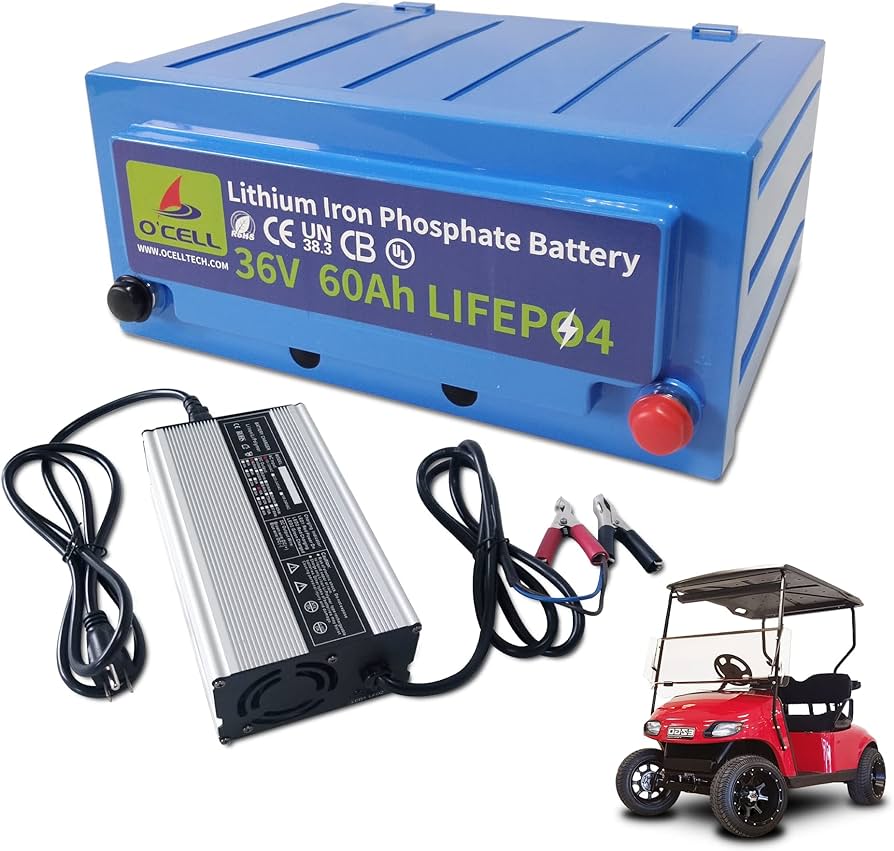Battery life expectancy in golf carts is a crucial consideration for both golf course managers and individual golf cart owners. The longevity of a golf cart’s batteries can significantly impact maintenance costs and overall performance. Several key factors influence the battery life expectancy in golf carts, and understanding these factors is essential for making informed decisions and optimizing the lifespan of your batteries.
Battery Type – The type of batteries used in golf carts plays a pivotal role in determining their life expectancy. There are generally two main types – lead – acid and lithium – ion batteries. Lead – acid batteries are more common and affordable but tend to have a shorter lifespan compared to lithium – ion batteries. Lithium – ion batteries are known for their durability and longevity, making them a preferred choice for those looking for extended Lithium Golf Cart Batteries life.
Maintenance – Proper maintenance is crucial for extending battery life. Regularly check and top up the water levels in lead – acid batteries, clean the terminals, and ensure that the batteries are securely fastened in their compartments. Lithium – ion batteries require less maintenance but should be stored and charged at appropriate temperatures for optimal performance.

Charging Habits – How you charge your golf cart’s batteries can significantly impact their life expectancy. Overcharging or undercharging can lead to premature battery degradation. Invest in a quality charger with features like automatic shutoff and maintenance mode to prevent overcharging. it is also essential to adhere to recommended charging schedules and avoid frequently draining the batteries to low levels.
Temperature – Temperature extremes can affect battery performance. Both extremely hot and cold conditions can reduce battery life. Lead – acid batteries are particularly sensitive to temperature fluctuations. If possible, store your golf cart in a temperature – controlled environment or invest in insulating materials to protect the batteries.
Usage Patterns – How frequently and how intensively you use your golf cart can impact battery life. If your golf course has hilly terrain or your cart sees heavy use, the batteries may wear out more quickly. Monitoring usage patterns and adjusting your maintenance and charging routines accordingly can help prolong battery life.
Quality of Components – The quality of the golf cart itself, including the charger and electrical components, can affect battery life. Investing in a high – quality golf cart with well – designed electrical systems can lead to longer – lasting batteries. Similarly, using a charger from a reputable manufacturer can help ensure proper charging and extend battery life.
Age of Batteries – Over time, batteries naturally degrade and lose their capacity. Even with proper maintenance, batteries will eventually need replacement. Keep track of the age of your batteries and plan for replacements accordingly. Lithium – ion batteries generally have a longer lifespan than lead – acid batteries and may be a worthwhile investment for those seeking durability.
Environmental Conditions – The environment in which you operate your golf cart can influence battery life. Dust, debris, and moisture can all affect battery performance. Regularly clean your golf cart and keep it in a clean, dry area to minimize environmental stress on the batteries.
